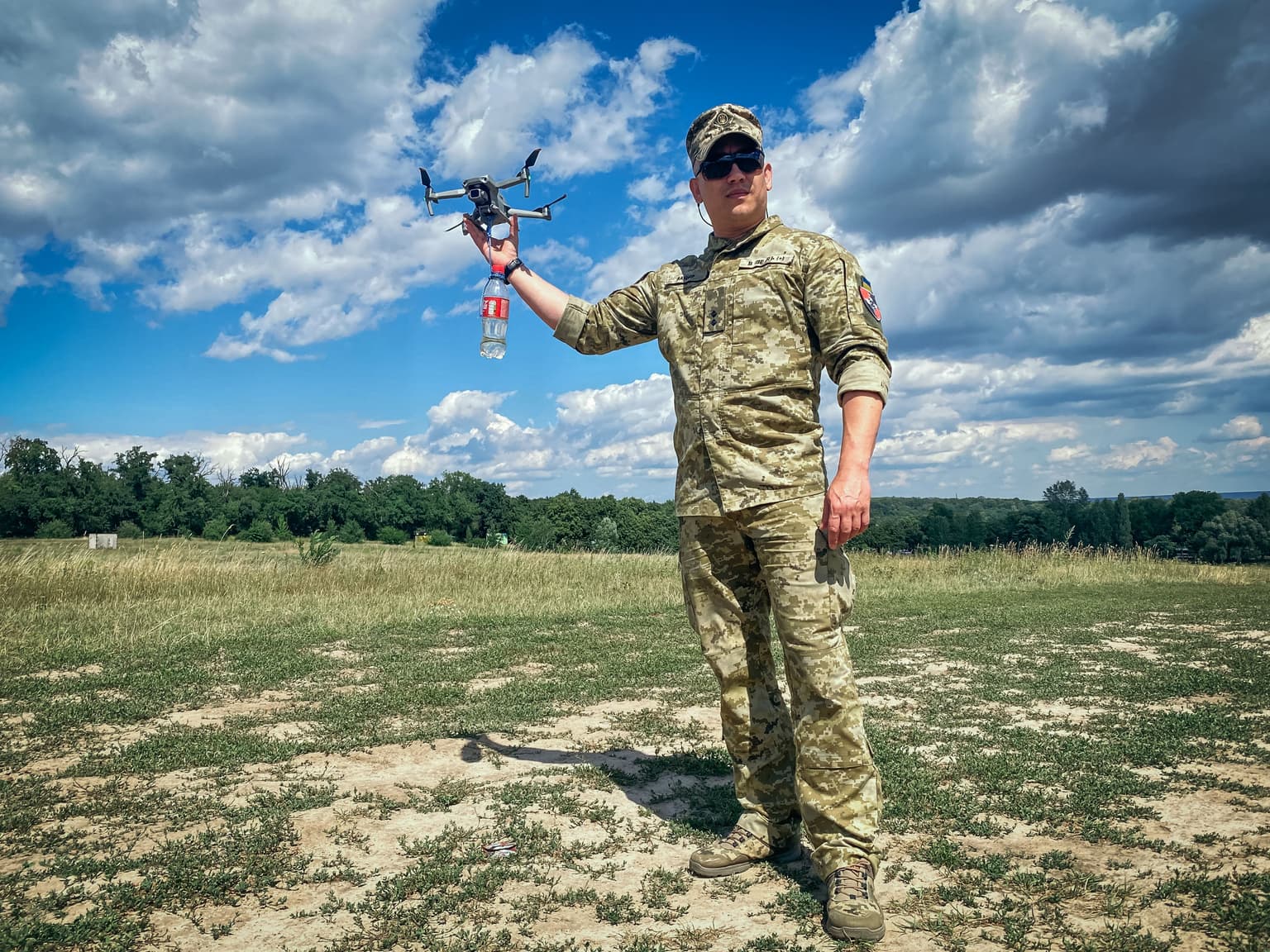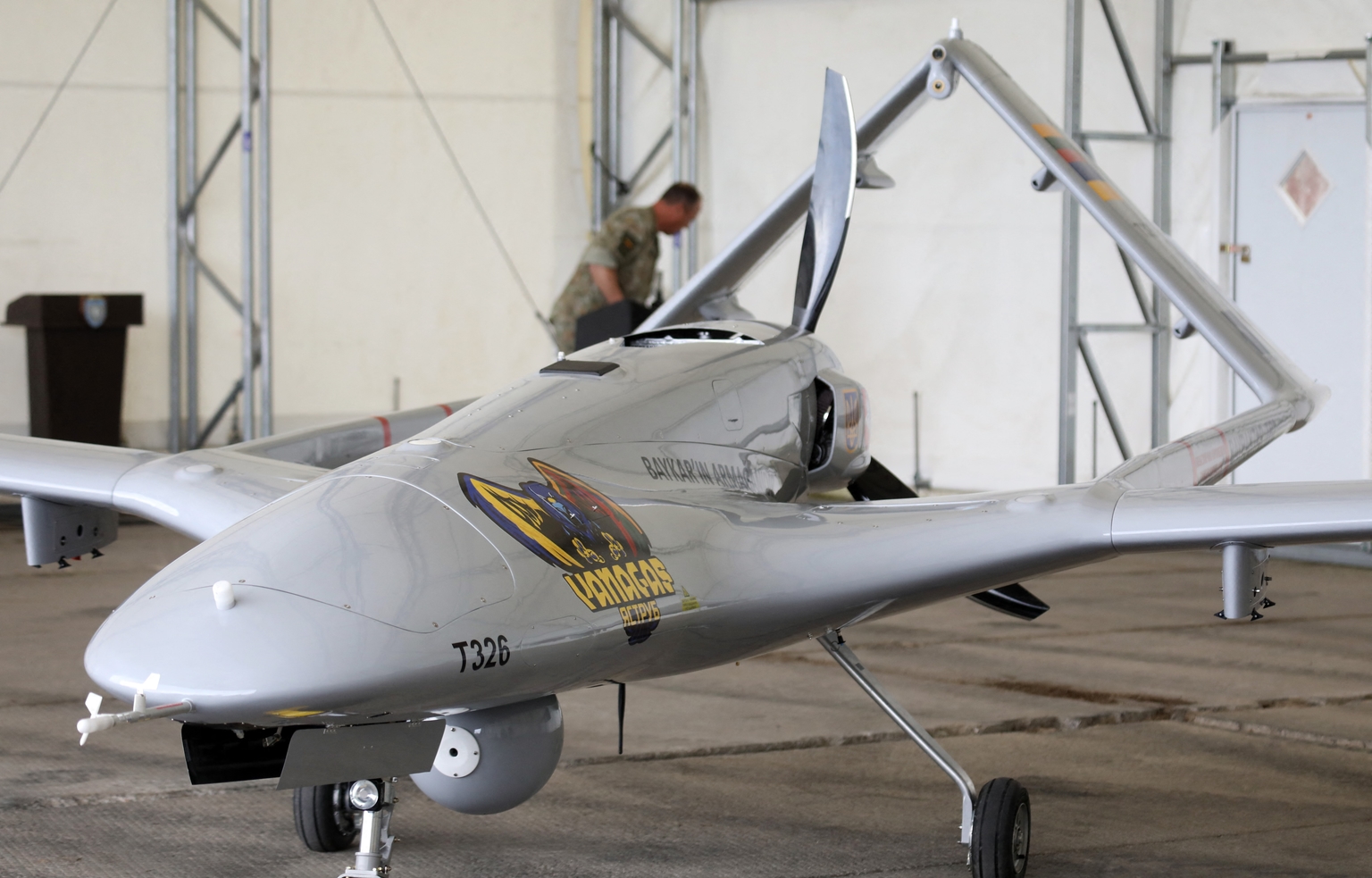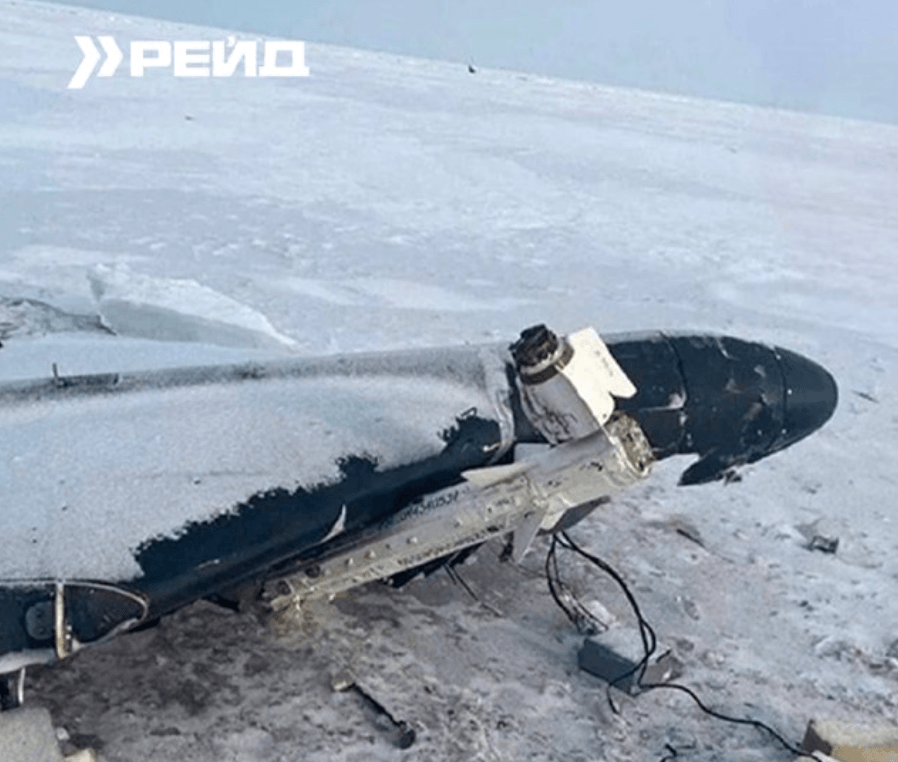A Game of Drones: Ukraine builds up UAV fleet

Unmanned Aerial Vehicles have been the stars of Ukrainian battlefields since the beginning of the war, detecting and destroying Russian forces.
If the Ukrainian armed forces have their way, this is only the beginning. The goal now is to have drones and skilled operators in “every platoon, every battalion, every brigade,” a Ukrainian Armed Forces drone trainer who goes by the callsign Satan told the Kyiv Independent.
“Until recently, we did not realize how important this is, to have ubiquitous drone capacity throughout the armed forces,” Satan admitted. He did not provide his real name for security purposes. “There didn’t use to be a concept that every battalion needs drone operators. There are a lot of battalions that might need not one operator but three or more.”
As part of this goal, Ukraine has launched the “Army of Drones” initiative, seeking to collect enough money to procure 200 tactical recon drones and thousands of civilian models and train enough operators to be able to handle all of them.
The idea is to enable Ukrainian forces to recon Russian positions without putting lives at risk, to provide targeting for artillery weapons, and to drop explosives on top of Russian troops, where dropping an expensive missile or artillery round would be a waste.
“Sometimes a single observation can save hundreds of lives,” said Colonel Oleksii Noskov, assistant commander-in-chief of the Armed Forces of Ukraine. “The ‘Army of Drones’ will allow us to constantly monitor the 2,470-kilometer-long front line and to field an effective response to enemy attacks using modern technology.”
Sourcing Bayraktars
The Turkish-made Bayraktar TB2 drone was a leading star on Ukrainian battlefields in the first phase of the war before the fighting became concentrated in eastern Ukraine. Multiple drives are on to source more.
Poland recently raised enough funds to buy one for Ukraine, thanks to a crowdfunding campaign. Lithuania also crowdfunded a single Bayraktar. Two more crowdfunding campaigns for Bayraktars were launched in Norway and Canada.
Last month, a fundraiser by Ukrainian TV celebrity and politician Serhiy Prytula successfully crowdfunded more than enough money to buy three Bayraktars. But the company that makes the drones, Baykar Makina, said it would provide three units for free.
Bayraktars have destroyed many Russian armored assets, artillery, support vehicles, and boats since the full-scale invasion began. More recently, Bayraktars supported the recapture of Snake Island in the Black Sea.
Russia claimed it abandoned the island by choice, but Ukraine insisted that it caused losses of $1 billion worth of destroyed equipment and troop losses. Videos posted by the General Staff showed the TB2s delivering missile strikes and spotting for artillery.

In Donbas, where Russian troops are massed, it’s harder for the Bayraktars to operate without being brought down by electronic warfare and concentrated anti-aircraft systems.
“With the layered air defenses that the Russians have created, the front lines became static,” said Kirill Mikhailov, a war journalist and expert with the Conflict Intelligence Team. “But given recent attacks on Russian air defense positions in Luhansk gives hope that these structures could be dismantled to increase the use of Bayraktars.”
The air defense unit in occupied Luhansk, which was hit by a Ukrainian attack on July 12, is just one of many targets that Ukrainian forces have been able to strike with the HIMARS rocket system. Russian ammunition depots were the system’s primary casualties. Russian forces don’t appear to have a good answer to the HIMARS at this time.
Read also: Why is Russia so vulnerable to HIMARS in Ukraine?
‘Army of Drones’
Sourcing smaller machines for the “Army of Drones” initiative is also underway. Yuriy Shchygol, head of the State Service for Special Communication and Information Protection, said that Ukraine has already signed its first contracts with Polish manufacturers for tactical military drones.
The initiative also revolves around a crowd-sourcing program where people can give money or “dronate” their civilian UAVs. All donations via the UNITED24 government website are transferred directly to the special National Bank of Ukraine (NBU) account of the Defense Ministry.
The program boasted of raising Hr 85 million ($2.3 million) on the first day, climbing to Hr 200 million ($5.4 million) within several more, and Hr 400 million ($10.9 million) within two weeks.
“We’ve already procured brand-new, tactical-level UAVs, amounting to Hr 260.5 million ($7.1 million),” a program spokeswoman said on July 25. This includes 78 DJI Matrice 300 RTK quadcopters, “equipped with AI technology and thermographic cameras,” and 20 Fly Eye 3.0 fixed-wing UAVs, “one of the best drones in their class for reconnaissance.”
The program also acquired two Polish-made Warmate loitering munitions and 20 attack drones.
“We’ve already prepared markers to write down your messages for the invaders,” the spokeswoman added.
Shchygol said the tactical drones that Ukraine wants to procure can fly up to 160 kilometers at an altitude of up to five kilometers and are equipped with thermographic cameras, position sensors, and software support. They are designed to be difficult to detect and take down.
Smaller hobbyist drones tend to have a much shorter range, making them unsuitable for targeting longer-range artillery weapons. But they can be used to scout out enemy positions without having to send recon teams, saving lives. They can also be useful for mortar teams and to drop small bombs when rockets or shells are not worth using.
Devices made by Chinese manufacturer DJI are common due to their international ubiquity. However, Radio Free Europe/Radio Liberty reported that their technology can give away the location of the operator, which has to be dealt with.
Casting a wide net
Ukraine is getting UAVs from different sources, including as part of military aid from the West.
The U.S. sent 700 Switchblade kamikaze drones, which can be carried in a backpack. More news came out of the White House last week that the U.S. is also planning to provide 580 Phoenix Ghost drones. Ukraine previously got 121 of them. Phoenix Ghosts are analogous to Switchblades and can destroy medium-armored ground targets, in the day or at night, with an operation time of up to 40 minutes.
A large number of drones have also been provided by volunteer initiatives. The Come Back Alive foundation that aids the Ukrainian military bought 300 Latvian-made drones earlier in July, as well as their control systems and repeaters. They have secure military-grade communications and a sensor suite allowing them to recon or adjust artillery fire.
Earlier, Come Back Alive provided Ukrainian-made Leleka-100 recon drones to the army.
Ukraine also makes a range of indigenous drones. Besides the Leleka, these include the A1-SM Furia and the Spectator-M1. It also produces drones such as the UJ-22 and the Punisher, which can hit targets on the ground, the latter relying on an attendant Spectre drone to acquire its targets.
“Also there are indigenous Ukrainian programs to create loitering munitions or kamikaze drones… that could really transform the battlefield,” Mikhailov added.

Ukraine has shared multiple recent videos of loitering munitions at work.
A video shared by the Main Intelligence Directorate showed what looked like kamikaze drones hitting a camp of Russians near the Zaporizhzhia Nuclear Power Plant. The directorate claimed the attacks killed three men and wounded 12 others and destroyed an anti-aircraft vehicle and a Grad multiple rocket launcher.
The Security Service of Ukraine posted a video of a commercial drone dropping improvised explosives on top of a Russian tank, excavator and armored personnel carrier. Another video shows a grenade inside a small fishing container dropped into a tank’s open hatch.
A conflagration was sparked at Russia’s Novoshakhtinsk oil refinery in Rostov Oblast last month after an explosive drone crashed into it, seen in a video on social media. Russia blamed Ukraine, but Ukrainian officials denied responsibility for the attack.
Read also: 'Welcome to hell': Ukrainian airborne fighting Russia in Donbas woods
Training
Without skilled operators, UAVs, big and small, are just metal and plastic.
According to Dronarium, a commercial drone piloting school that has committed itself to aid in Ukraine’s defense, 95% of crashes early on in the war resulted from insufficient skill, as there were few advanced operators on the front lines.
Dronarium hopes to change that. It is currently training 150 people to control Ukraine’s drone fleet — they are expected to graduate by the end of July. The company has training centers in Kyiv and Lviv and plans to open them up in other cities. The goal is to scale up to be able to produce skilled 500 operators per month.
Dronarium previously trained about 400 members of the armed forces, territorial defense, police, border guards, and other services, and contributed equipment to the war effort. The center trains people on simulators and live equipment, using basic DJI and Autel models. But it also has the capacity to teach how to fly more advanced chasses.
“It needs to be understood that one professional operator means hundreds or thousands of saved military and civilian Ukrainian lives,” the school wrote to the Kyiv Independent. “Ukraine now holds first place in the world by use of drones, primarily civilian models that have been repurposed for military uses.”
Most students are able to study for free due to sponsor support. Ninety-nine percent of them are immediately sent to the front line upon graduation.
Battlefield challenges
The need for a drone sourcing program is also dictated by attrition on the battlefield, where drones are being lost constantly, Satan said.
Russian air defense systems, especially signal disruptors, have proven “quite problematic” in Donbas, Mikhailov said — and Satan would agree. On the other hand, electronic countermeasures can’t be everywhere at once and their jamming is a double-edged sword, as it prevents Russian drones from taking to the air.
“Jamming is a significant problem for everyone,” said Mikhailov. “A Russian unit reportedly lost 10 Orlan (fixed wing Russian UAVs), seven of which were to their own electronic warfare systems.”
Signal disruption or getting a drone shot down are not the biggest hazards for operators.
“The problem is to avoid getting triangulated to the point of launch because the control panel sends directions about where it is. It’s important to solve this problem,” Satan said.
“You send a drone, it gets (electronically) intercepted, it comes back, you sit down to catch it and at that moment, you have incoming.”
There are methods to minimize the risk, such as GPS spoofing and decoy signals, as well as better tactics — never landing drones at your current location and always staying on the move. Because the entire purpose of using more drones is to save Ukrainian soldiers’ lives, not put them in danger.
“That’s the whole point. So that you don’t have to send a squad into danger, you can send a drone,” said Satan. “And if it has a bomb, you can even kill someone.”
Read also: Ukrainian counterattacks exploit Russia’s focus but are stymied by lack of weapons
____________________
Note from the author:
Hi, this is Igor Kossov, I hope you enjoyed reading my article.
I consider it a privilege to keep you informed about one of this century's greatest tragedies, Russia's ongoing invasion of Ukraine. With the help of my colleagues, I will continue to bring you in-depth insights into Ukraine's war effort, its international impacts, and the economic, social and human cost of this war. But I cannot do it without your help. To support independent Ukrainian journalists, consider donating to the Kyiv Independent and becoming our patron. Thank you very much.










